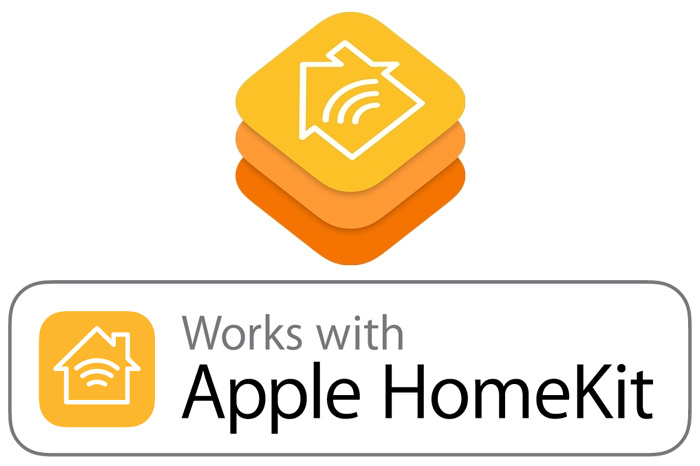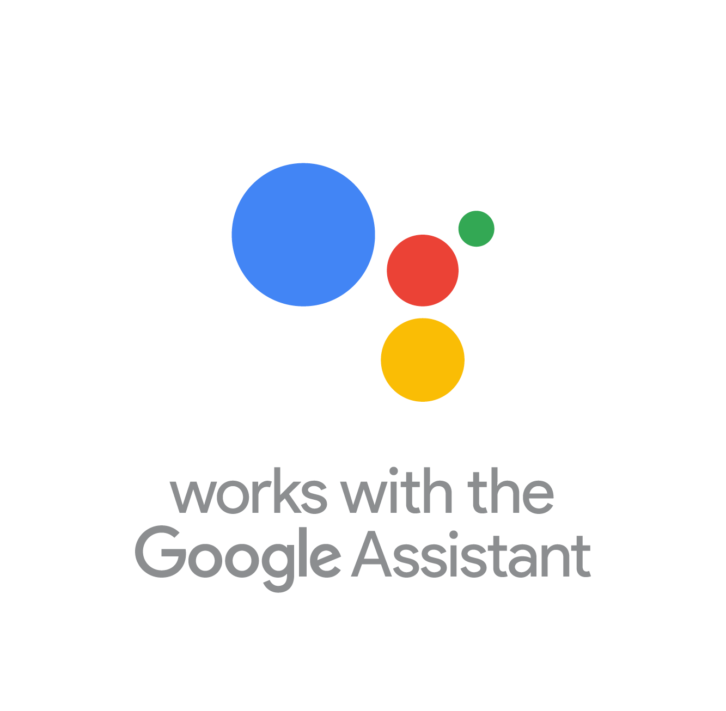If you are trying to decide between Google Home or Apple Home for your smart home system, we’ve researched and compared the two platforms to help you decide which is the best smart home system for your home.
See also: What Is A Smart Home?

What is Apple Homekit?
Apple Home, also known as Apple Homekit, is Apple’s smart home control system that gives you control over your smart thermostat, lights, locks and more with your Apple smartphone. HomeKit is an excellent starting point for Apple fans who are beginning their smart home journey.
What can Apple Homekit do?
Homekit compatible devices are controlled through the iOS Apple Home app on your iPad, iPhone or Mac, or by using Siri. You can use Apple Homekit to adjust the thermostat, turn lights on/off, lock doors, adjust light levels and colors (with compatible products), control plugs, and more.
Apple Homekit shines when it comes to creating and executing “scenes”, a series of automation commands that let you control multiple devices at once with the push of a single button. For example, you can create a “Good Morning” scene that opens the dining room blinds, turns on the bedroom and kitchen lights, raises the temperature and starts your morning playlist – just by saying, “Hey Siri, good morning.”
While HomeKit isn’t compatible with as many devices as Google Assistant or Amazon’s Alexa, Apple focused on simplicity, making it easier for smart home novices to control and expand their smart home ecosystem. Apple continues to add more supported locks, lights and plugs to its compatible device list, which can be accessed here.
What is the difference between Google Home and Google Assistant?

Google made things a little trickier to understand with their smart home system, so let’s clear up some confusion. First, Google Home generally refers to the hardware (devices) Google Assistant runs on, while Google Assistant is the software program that users interact with.
The family of Google smart home hardware includes Google Home, Nest Mini, Home Max, Nest Hub and the Nest Hub Max.
Just like Apple Home, Google Assistant can be used to operate compatible smart devices and create automation scenes. Google Assistant claims it features more than a million actions, with the caveat that they include all possible queries from both first- and third-party offerings. Google’s expansive apps/actions make it easy to branch out beyond home automation functions, while Homekit is more stunted in this area.
Apple Home vs. Google Assistant: Smart Home Compatibility
Apple and Google are both expanding their smart home capabilities, but as mentioned above, Apple is slower to bring on compatible devices.
Google works with a huge breadth of connected products, including many—if not most—third-party products. This includes a plethora of TVs, switches, plugs, thermostats, speakers and more. Apple has fewer compatible brands and devices in these categories, so if you didn’t purchase smart products with the “Works with Apple Homekit” endorsement, it may be a while, if ever, before it is supported by Apple Home.
However, Apple’s narrower focus gives it an edge over Google Assistant, though, as Google Assistant is not as beginner friendly and setting up devices and getting them to work with each other can be a chore.
Winner – Number of Compatible Devices: Google
Winner – Easiest to Use: Apple
Apple Home vs. Google Assistant: Price
This is where reality sets in for those on a budget. While the Apple Home app is free, Apple Homekit’s entry point is much more expensive, and depending on how much automation you want to control with Homekit, you can expect to pay $1,000 or more to get all the devices you need. You can get smaller compatible devices like a single iHome iSP6X Control Smart Plug for around $27, but a Brilliant home controller costs $299. Additionally, you’ll need to get an iPad, Apple TV or HomePod if you want to control your smart home remotely or set up advanced automations.
Google, on the other hand, has its Google Home Mini ($29), and on the other end of the spectrum, one with better sound quality, the Max ($299). Google also offers two smart displays, the Nest Hub ($89) and Nest Hub Max ($229); the latter model has a larger screen and includes a camera for video-calling support. Google Home Mini is often on sale, especially around Black Friday and Cyber Monday, and promotions for discounts run occasionally throughout the year as well. Additionally, with so many third party devices of various prices, it is much more affordable overall to build your smart home around Google Assistant compatible devices.
Winner: Google
Conclusion
We’ll make this easy on you. Do you eat, sleep and breathe Apple? Do you own an iPhone, iPad, Mac, AirPods and/or Apple TV? Get Apple Homekit.
Are you more open to using operating systems and devices you don’t control with an Apple product? Get Google Home.
While these recommendations may seem like a cop out to some, they are our expert recommendations. If you are an Apple aficionado, you’ll be more at home with Apple Homekit products, as you will already most likely own potential controllers and compatible devices. If you’re looking for a system that is less cluttered with “smart home fluff” like trivia game skills or Jurassic Bark and you’re willing to pay the elevated entry cost, then pick Apple.
However, Google Home does win over Apple in affordability and compatibility. And no one says you can’t own both. Well, maybe your wallet says you can’t.
from TechRadar - All the latest technology news https://ift.tt/3rNwjn9
